Hibernation is a state of computer or laptop where you can save your work so that when you open it after weeks or months, it appears as same. There is a built in setup for hibernation but in case you want to enable it on Windows 10 using command prompt, there here is how you can do it.
Hibernation allows you to save your work and resume it later as if the PC was never turned off. You could put your computer to sleep, which is a low power consumption state. But this is only fine if you have the power plugged in. If you want something to make it resume your work even after turning off the power, then Hibernation is the way to go.
By default, Hibernation is disabled from the menu on Windows 10. However, you can enable it from the power configuration setting in the control panel. But you could also do it from the command prompt as well, which is very easy and simple. So in this article, let’s see how you can enable the hibernation option from the command prompt.
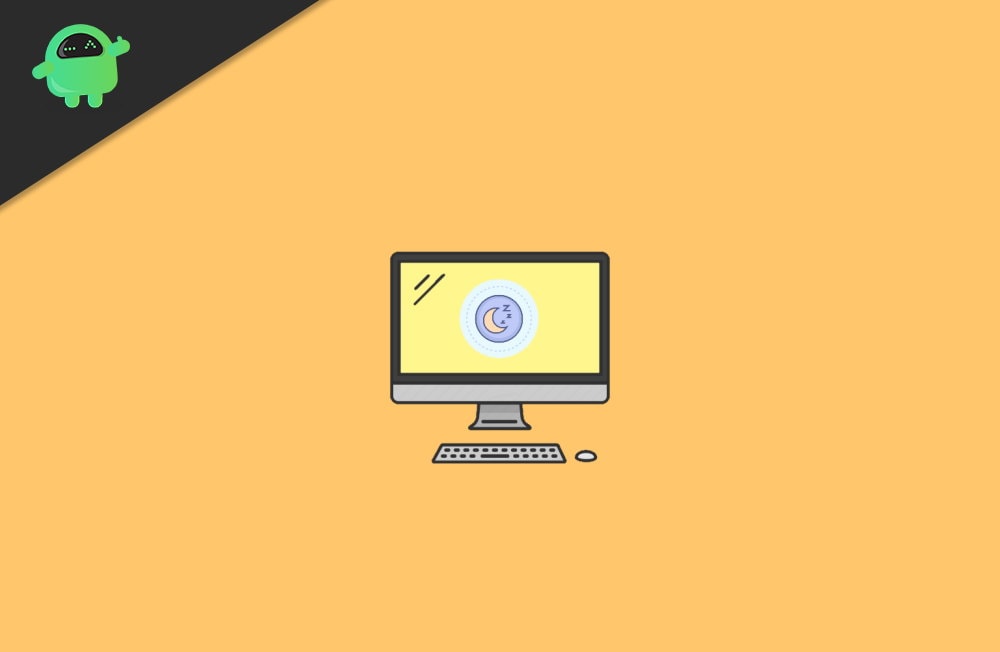
Page Contents
How to enable Hibernation on Windows 10 using the command prompt?
Hibernation copies all data in the RAM into the local hard drive file called hiberfil.sys in Windows and shuts down the PC. Before shutting down, it makes all the necessary changes that it needs to remember that the system is hibernated. So when you restart the PC, windows will know there is a hibernation, so it will start transferring all data on the file into the RAM and logs you in. This makes the system to resume from where you left off instead of starting all over again.
Hibernating will write to a file “hiberfil.sys” located in the C: drive. So before you hibernate your system, make sure you have more storage space available than your RAM capacity. For instance, If you have 8 GB of RAM installed on your system, then you should at least have 8 GB of storage on your C drive. Else, the process will fail.
Enable or disable hibernation from CMD
Just follow these steps to enable or disable the hibernation option on Windows 10 using the command prompt.
- Click on start and search for CMD.
- Now right-click on the result and select “Run as administrator.”
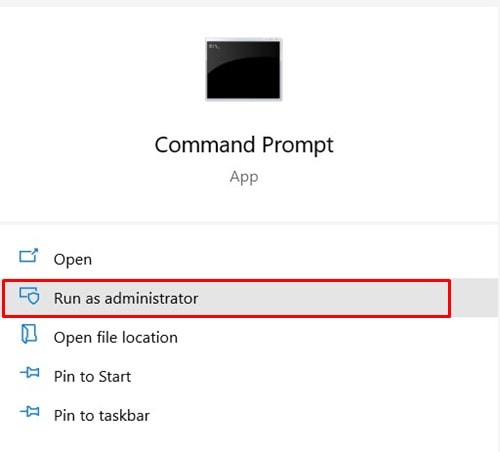
- Click on Yes and provide your admin password if asked.
- Now on the prompt, type in the following command and hit enter.
powercfg.exe /hibernate on
- Now to turn it off, you have to issue this command instead.
powercfg.exe /hibernate off

That’s it. If you have enabled the option, then the Hibernate option will show up in the power menu. If you have disabled using this step, then the menu should disappear.
Enable or disable from Control panel
Although you can also do it from the GUI control panel, this method seems a bit lengthy, but it will be good if you know both methods.
- Open Run box using the Windows Key+R key.
- Type Powercfg.cpl and hit enter.
- Click on Choose what the power buttons do.
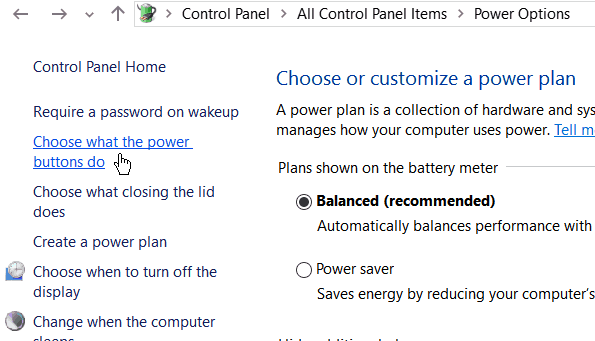
- Now click on Change settings that are currently unavailable.
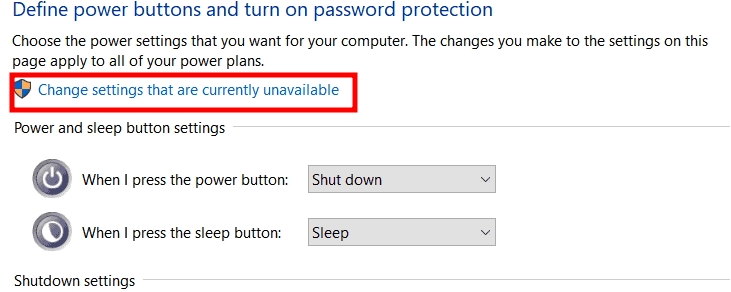
- From the menu, scroll down to last and enable Hibernate and save changes.
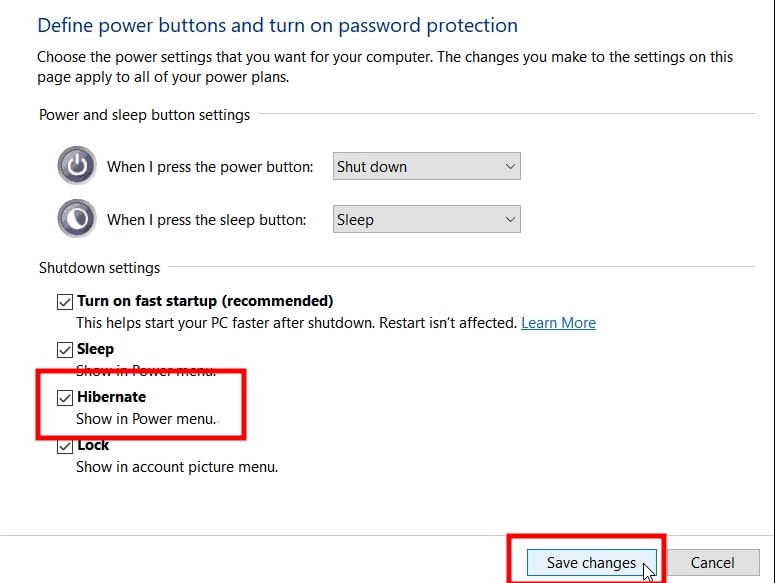
That’s it. Now you can see the Hibernate option showing in the power menu. You can hibernate your system from there.
Safe hibernation
Hibernation is cool. But sometimes, you may face some issues if you don’t hibernate properly. So here are some tips you can use to avoid system crashes.
- Storage, as mentioned above, should be more than your RAM capacity.
- Remove all unwanted devices plugged in, and they may cause a system crash after resuming hibernation.
- Close as many apps as possible to make it easy to hibernate and resume. This makes the hibernation process faster.
Conclusion
As you can see, enabling the hibernation option on your Windows 10 PC is very easy. You can do it with the help of a single command. Although if you prefer, you can enable the same from the GUI using the control panel. So it’s just your preference on how you wish to tweak your system. I personally recommend the cmd method since it’s very fast and easy. Also, make sure you follow the tips provided with this article to avoid system crashes after resuming from hibernation.
